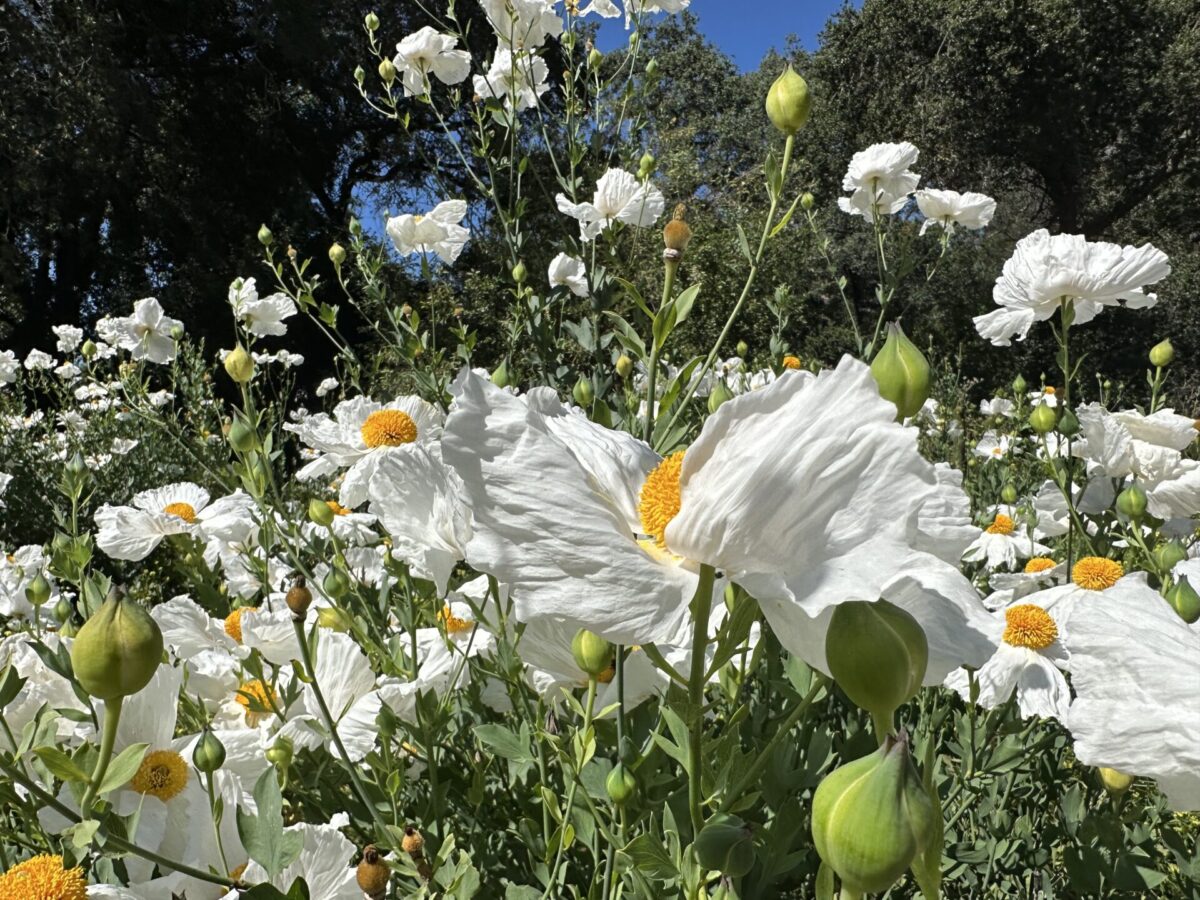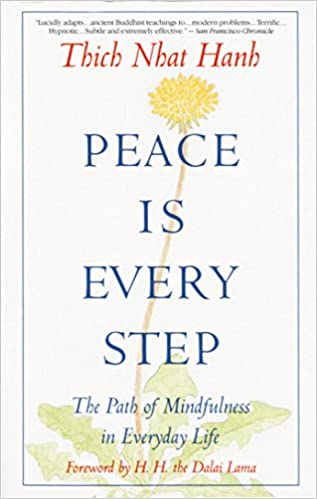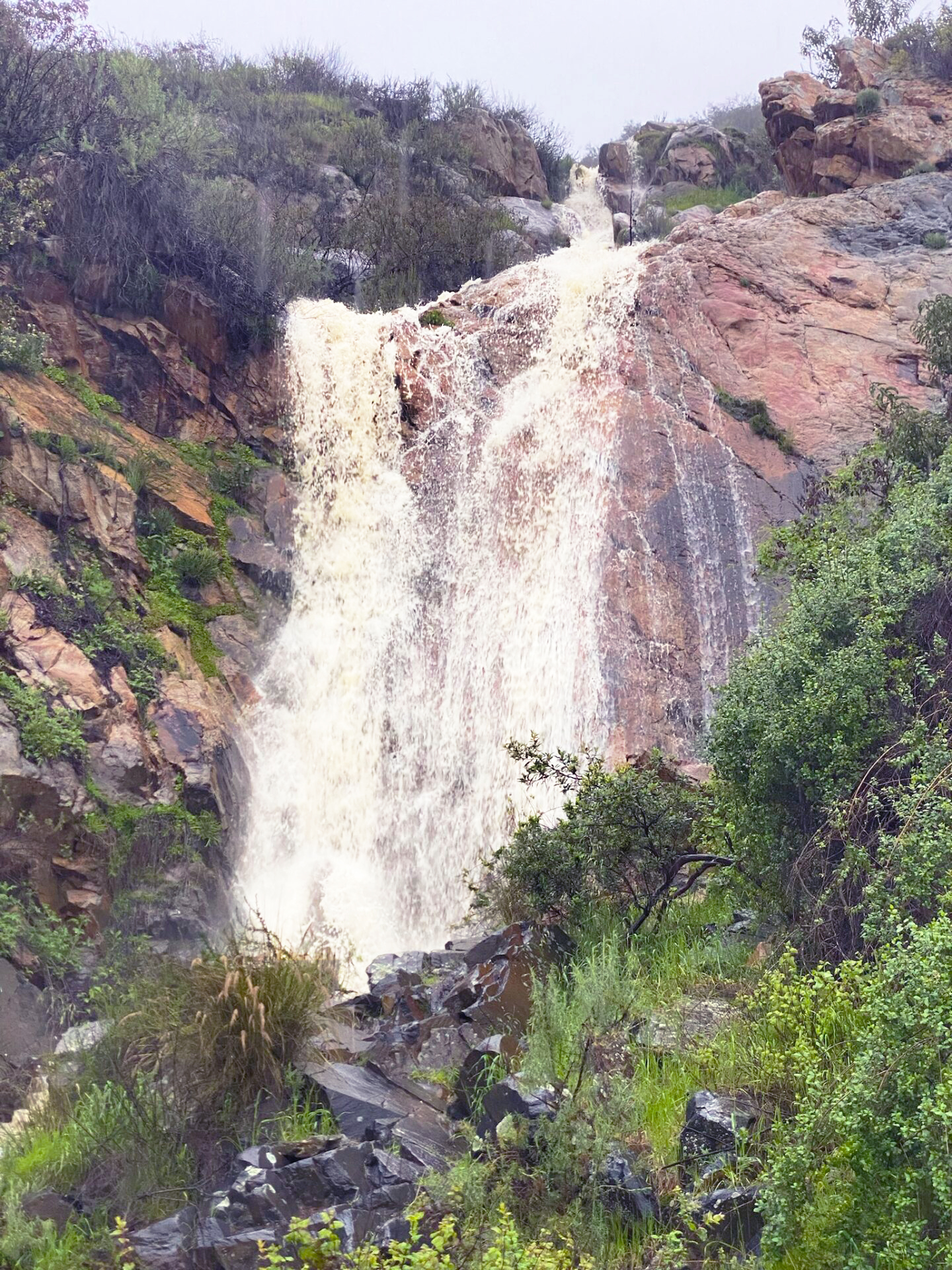By Salina Khan-Fuchigami on
Salina Khan-Fuchigami shares how mindfulness radically changed her understanding and approach as an environmental educator, from watering the seeds of fear and despair to cultivating reverence for nature and life.
I used to live in a big city where I was a passionate eco-warrior. I served as an advisor to individuals, businesses, and the local government on how to go green.
By Salina Khan-Fuchigami on
Salina Khan-Fuchigami shares how mindfulness radically changed her understanding and approach as an environmental educator, from watering the seeds of fear and despair to cultivating reverence for nature and life.
I used to live in a big city where I was a passionate eco-warrior. I served as an advisor to individuals, businesses, and the local government on how to go green. I spent my days fighting for and protecting the planet, and although I still care deeply about the environment, I have since let go of the labels and the armor.
My turning point came when I was invited to give a talk on the connection between human behavior, pollution, and global warming at a local elementary school to coincide with a nearby beach cleanup. My slideshow was filled with images of indiscriminate destruction and marine ecosystems in varying degrees of disarray: one showed a distressed sea turtle with a plastic bag dangling from its beak, another, a seal choking to a slow death on a fishing net. I intended to sound the alarm with shocking visuals and data, but no matter how accurately I depicted the harsh truth and reality, my heart yearned for a more gentle and mindful approach.

I noticed that some of the children stopped paying attention to my slideshow midway through, but most looked stunned and probably felt just as I did: sad and hopeless. Adding to my despair was the fact that in spite of everyone’s effort and the planned beach cleanup, I knew that the shore would revert back to its garbage-strewn predicament with the next high tide. Regardless, the teachers applauded my visit as a success. I was offered a free refreshment at the school cafeteria, where the “reduce, reuse and recycle” message I had given the children didn’t stop their dash toward the myriad enticing, plastic-wrapped snacks for sale.
I confess, although I was a recognized environmentalist, I didn’t know how to deal with the full extent of the environmental crisis. I questioned my ability to inspire the next generation, and in so doing, I had to come to terms with some humbling truths about the environmental movement. The most fundamental of these truths: the current level of environmental destruction is unique in the history of humanity. There is no precedent for successfully overcoming it.
The truth is, the environmental crisis is deeply rooted in our modern capitalistic system.
The truth is, by simply living in modern society, we are all, aware or not, part of the reason for the crisis. Unfortunately, capitalism cares not about contamination and destruction of ocean ecology, loss of forest ecosystems, desertification, species extinction, toxic waste, pollution, disappearing supplies of freshwater, or climate change. Capitalism’s growth-at-any-cost approach is in direct conflict with environmental sustainability.
As such, solving the environmental crisis requires something radical that goes beyond supporting a certain narrative or a world-economic, corporate, or governmental initiative operating within the framework of our economic system but under the guise of “sustainable development” or “green growth.”
When we are told our survival is being threatened and we have very little control over it, we can feel fear, panic, and/or denial. In recent years, the climate crisis narrative has raised feelings of despair, desperation, anger, and opposition, which have created downward spirals leading to outrage, blame, violence, apathy, inaction, and hopelessness about the future. These emotions cannot positively empower anyone and do not hold the potential to encourage lasting positive change. Perhaps the failure of the environmental movement to create lasting change is rooted in its focus on shifting blame and its inability to get in touch with our innate reverence for nature and life. The environmental movement as I knew it ignored my love and respect for what is natural and this love’s ability to stir in me a longing to protect life on our planet.

When I read my first book by Thầy, Peace Is Every Step: The Path of Mindfulness in Everyday Life, and was introduced to the teachings of mindfulness, I immediately saw how mindfulness could offer a way out. I was particularly inspired by Thầy’s insight of interbeing, which states that there is no such thing as a separate object, event, or experience: no part of the world can exist apart from all others. When we begin to recognize how we are connected we can begin appreciating, reconnecting with, and falling in love with Mother Nature. We see that nature and humankind are one and inseparable. We see the beauty and sacredness of everything around us.
In truth, when we are present and can acknowledge our connectedness to the natural world, we are more likely to appreciate its beauty, understand its value, and take actions to protect it. When we practice mindfulness and interbeing, we become more conscious of the impacts of our choices, and we naturally practice mindful consumption, making more sustainable choices that minimize harm to the environment.
This is the missing link.
By recognizing our interconnectedness with all life and the environment, we can foster a deeper sense of empathy and responsibility toward the natural world. Instead of viewing nature as a resource to be exploited, we can recognize that our well-being is intertwined with the well-being of all living beings and ecosystems.
I came to understand that raising our children, the future Earth stewards, to be individuals who are in complete awareness of their innate interconnectedness with their environment, is what is necessary to bring about a shift in the environmental movement and in environmental education. We need to nurture and encourage our children so that they will be capable of introducing and fostering viable ways to overcome and eradicate the environmental crisis by simply existing, being their authentic selves, and seeing themselves as an integral part of nature—not as separate entities exploiting it. Certainly, this would herald a shift in collective consciousness, a more mindful way of living.
It’s a shift in perspective away from the current mainstream, Western narrative based on the idea that human beings are separate from nature. Currently, the simple definition of nature, according to the major English dictionaries, is that which exists without human beings or civilization. A more comprehensive definition is “the phenomena of the physical world collectively, including plants, animals, the landscape, and other features and products of the earth, as opposed to humans or human creations.”* Although these definitions are a reflection of contemporary concerns about the impact of human activities on the natural world and the need for conservation and protection of ecosystems from human disruption, they also depict us as apart from rather than a part of nature.
It’s a subtle and nuanced difference as to where attention is focused with very deep implications for our approach toward conservation and protection of the natural world: Do we see ourselves as healing the Earth for our benefit, or healing ourselves to benefit the Earth?
As my own personal practice developed, I became convinced that mindfulness held the potential to bring about a much-needed paradigm shift, not only in the environmental movement, but in education, in society, and, ultimately, our civilization. And as I accepted and embraced the impermanent nature of everything, I allowed the shortcomings I saw in these very movements and systems to guide me rather than trigger me. I accepted that the ebbs and flows of our current time would, sooner or later, lead to an eventual demise of our civilization, and that this process is necessary to birth new ways of thinking and being in support of human transformation and evolution.
As a civilization, we are currently in a cycle of great decomposition. While there is discomfort, there is also a deep knowing that life forms and transforms. Death always brings rebirth. I truly believe that ideas and methods grounded in appropriate attention will flourish when enough individuals who are capable, peaceful, and awakened are nurtured into being.
As I raised my own child, I followed a strong calling to live a more mindful existence surrounded by nature and to homeschool my child outside of the city and school system. My approach to environmental education and my thoughts on the climate crisis completely shifted when I stopped paying attention to the latest mainstream narratives, catch-phrases, and debates, and focused instead solely on living in the present moment in alignment with the Earth and all of nature. The environment became family and home, not something outside of us, as we loved, lived together, and cared for each other.
As a parent, the environmental crisis offered me an opportunity to contemplate my attachments and beliefs. Mindfulness allowed me to reconsider the sacredness of all of life and the importance and potency of the present moment. I cultivated and made space for a deep appreciation of beauty, simplicity, empathy, and compassion in our home. I walked the path of regenerative permaculture and a non-materialistic lifestyle focused on inner peace and self-sufficiency. I nurtured a sincere reverence and love of nature that sprouted conscientious behavior consistent with a holistic, universal view of life on planet Earth—one that says we are not here to control (destroy) nature, nor are we here to “save the Earth”—we are here to be one with nature. Together, mindfulness and the environmental crisis offered me a chance to lead by example, to offer guidance, to inspire, and to ultimately encourage my own child to become someone who could create a brand new reality: one where peace and an ethical, sustainable, and beautiful way of life is the norm.
The environment is not something separate from us. As we rediscover the path of symbiosis we can appreciate how going home to nature allows nature to take care of and heal us. I believe that if, or rather when, this is understood, this insight alone renders destructive behavior impossible and completely unfathomable. The path of mindfulness and the insight of interbeing hold the key to a more joyful, healthy, and compassionate society.
Over a decade has passed since I left my fast-paced city life. Today, I have hope in my heart and a vision of the planet in a state of peace and balance. My life, my now grown-up son, the once barren land we regenerated into a thriving food forest, and the eco-sensitive off-the-grid home we designed and built ourselves are examples of the transformation that is possible through the practice of mindful living.
We are living proof that slowing down and taking care of the present moment takes care of the future.
* Oxford English Dictionary


